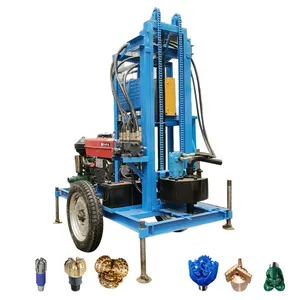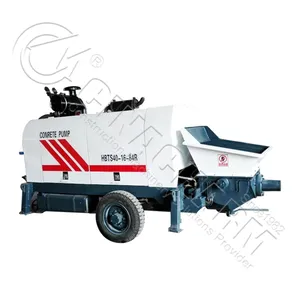Popular in your industry























































































































































































Top categories
About joystick single axis
A joystick single axis is a simple, yet efficient device used in various applications. A joystick is an input device that provides control for machinery, vehicles, or other systems. The term "single-axis" refers to the joystick's ability to move along a single plane or direction. In essence, a joystick single axis is a control lever that can be moved in one direction, typically forward and backward or side to side. These joysticks are often used in scenarios where control along only one axis is necessary and provide a straightforward and intuitive means of commanding different functions.
What is a 1-axis joystick?
A joystick, also known as a control column, is a device that can be moved in multiple directions to control the movement of an object, typically in the x and y axes. A 1-axis joystick, on the other hand, can only be moved along a single axis. In simpler terms, it allows movement in only one direction. This simplicity makes it a user-friendly and intuitive interface for many machines and applications. A common example of a 1-axis joystick is the throttle control in aircraft, where pilots can adjust the speed of the aircraft along a single axis.
What is a single-axis joystick potentiometer?
A potentiometer is a three-terminal resistor with a sliding or rotating contact that forms an adjustable voltage divider. In the context of a joystick, a potentiometer is a variable resistor. A single-axis joystick potentiometer is a type of potentiometer that is used to measure and control the position of a single-axis joystick. This means that as the joystick is moved along one axis, the potentiometer's resistance changes, providing feedback on the joystick's position. This feedback is crucial for translating the physical movement of the joystick into electrical signals that can be used to control various systems. It is a fundamental component of the joystick's mechanism, allowing for precise and proportional control.
When choosing a joystick potentiometer 1 axis, there are several factors to consider. The first is the operating environment. It is important to choose a joystick potentiometer that can withstand the conditions in which it will be used. Some potentiometers are designed to be more resistant to dust, moisture, and other environmental factors. The next factor to consider is the electrical specifications. Different potentiometers have different resistance values and tolerances, so it is important to choose one that is compatible with the system it will be used in. Lastly, consider the mechanical specifications. The size, mounting style, and lifespan of the potentiometer are all important factors to consider when choosing a joystick potentiometer.
What are the advantages of a 1-axis joystick?
One of the primary advantages of a 1-axis joystick is its simplicity. A potentiometer joystick 1 axis is straightforward and easy to use, making it an ideal interface for applications where control along a single axis is sufficient. This simplicity also contributes to the joystick's reliability, as fewer moving parts can result in reduced wear and failure points. Additionally, a 1-axis joystick can offer precise and proportional control along the specified axis, allowing for smooth and accurate operation in various scenarios. The intuitive nature of the joystick makes it user-friendly, requiring minimal training for operators to become proficient in its use. In applications where space is limited, such as in industrial control panels or on small machinery, a 1-axis joystick's compact and ergonomic design can be advantageous. Lastly, the adaptability of these joysticks to different industries and applications, from heavy machinery to medical equipment, underscores their versatility and utility.






















